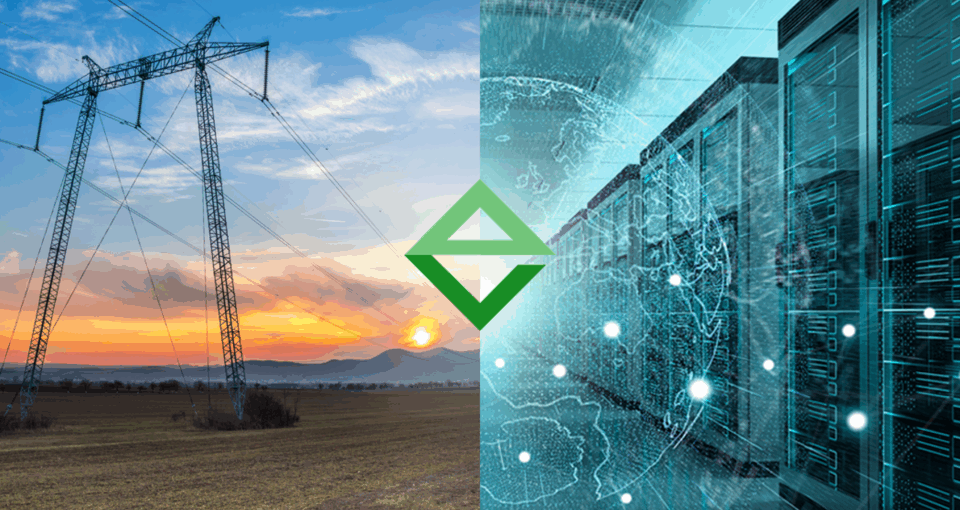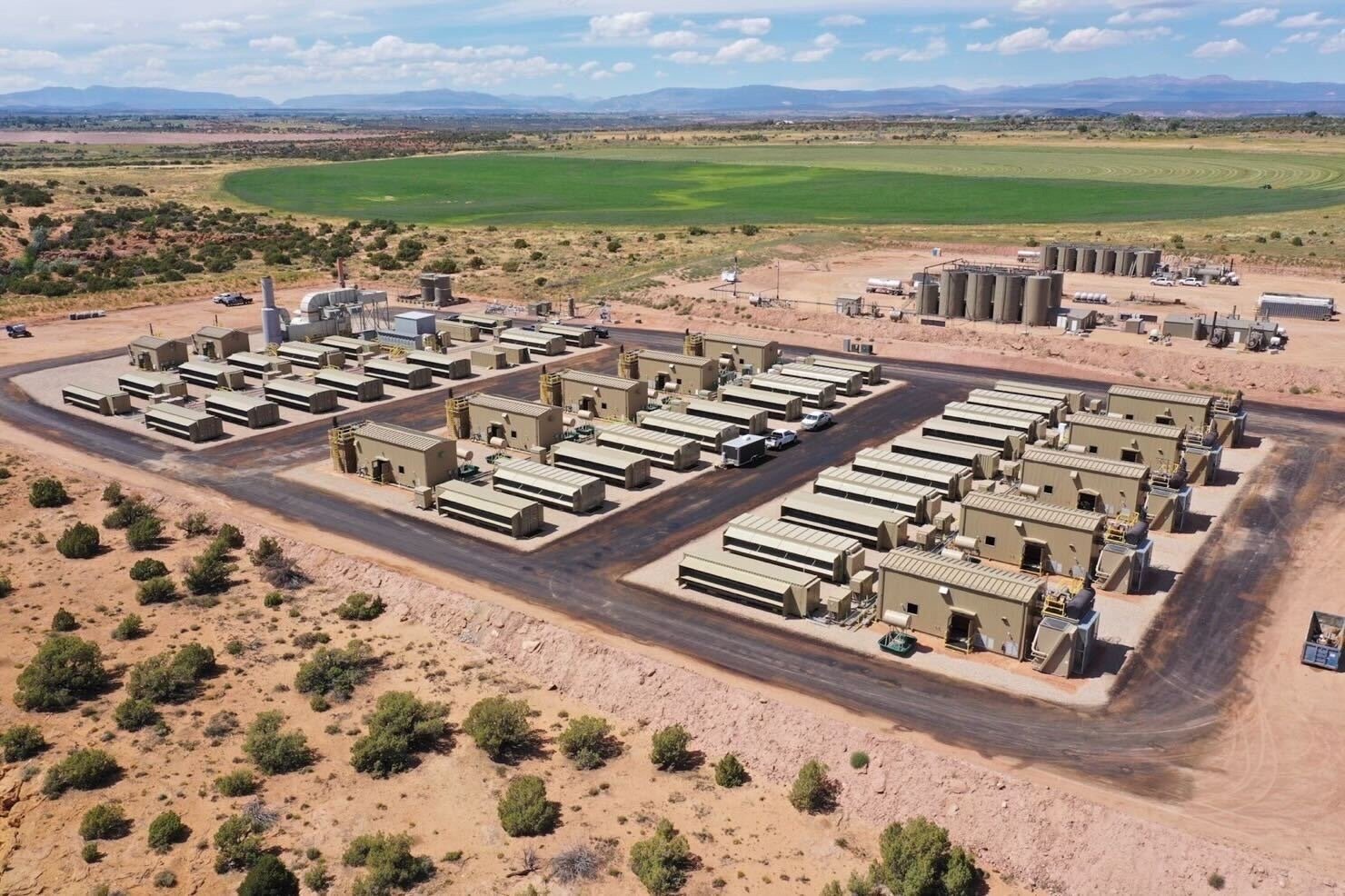This week, Radical Ventures announced our lead investment in Emerald AI, a company developing AI-powered software that transforms data centers from inflexible grid liabilities into responsive energy assets. Emerald has demonstrated the ability to reduce data center power consumption while maintaining AI compute performance, unlocking new capacity on existing grid infrastructure.
AI’s explosive growth is creating an unprecedented challenge for our energy infrastructure. Data centers are now among the fastest-growing consumers of electricity. Globally, data center electricity consumption is projected to more than double by 2030. Traditional grid operators have treated these facilities as inflexible loads that always require access to their full power capacity, creating a bottleneck for AI development.
But what if we could flip this paradigm entirely? What if data centers could become assets to the grid rather than liabilities?
This is the transformative vision behind Emerald AI, founded by world-leading energy expert, CEO Varun Sivaram. A Rhodes Scholar trained as a physicist, Varun has worked on energy technology and policy at senior levels across business, government and academia, including as Chief Strategy Officer at Fortune 500 renewable energy giant Orsted, Chief Technology Officer at India’s largest solar company Renew Power, policy lead on renewable energy in the White House during the Biden Administration, and as faculty member of Columbia University and the Council on Foreign Relations.
After months of incubation at Radical, Emerald AI emerged from stealth last week, announcing $24.5m in funding. The financing was led by Radical with major participation from Nvidia, alongside a stellar set of angel investors including Google Chief Scientist Jeff Dean, former Secretary of State John Kerry, former Australian Prime Minister Malcolm Turnbull, Kleiner Perkins Chairman John Doerr, Google Chief Sustainability Officer Kate Brandt and Radical Scientific Partner Fei-Fei Li.
Emerald’s breakthrough insight is that AI workloads have inherent flexibility. Not every computation running in a data center is equally time-sensitive. For example, academic research training a large language model can be paused or slowed, and batch inference jobs can be rescheduled. Real-time user queries, by contrast, need immediate processing, but they can be intelligently redirected to other data centers where local power grids are less stressed.
The Emerald Conductor platform acts as an AI-powered orchestrator, continuously profiling jobs across multiple dimensions and dynamically balancing loads to meet grid demands. When the electrical grid faces peak stress, such as hot summer afternoons when air conditioning demand spikes, Emerald can reduce a data center’s power consumption by 25% or more while maintaining compute service quality.
In a recent field test in Phoenix, Arizona, conducted in partnership with Oracle, Nvidia, and regional utility Salt River Project, Emerald demonstrated exactly this capability. During a three-hour grid peak event on a hot May day, the system successfully reduced the power consumption of a 256-GPU cluster by 25% while maintaining compute service quality.
The implications are staggering. A recent Duke University study suggests that if new AI data centers could flex their electricity consumption by just 25% for limited periods throughout the year, they could unlock over 100 gigawatts of new capacity, equivalent to more than $2 trillion in data center investment, without requiring years-long infrastructure buildouts.
Emerald AI exemplifies the kind of company we love to back at Radical: a world-class team applying cutting-edge technology to solve a fundamental, high-impact problem. The founding team combines deep domain expertise with exceptional execution capability.
We believe Emerald AI is positioned to make this vision a reality, transforming data centers from grid constraints into grid enablers. We are excited to partner with Varun and the entire Emerald team as they build the future of grid-responsive AI infrastructure.
Emerald AI is actively hiring exceptional engineers and operators. Learn more about the company on their website.
AI News This Week
-
What Comes Next for AI Copyright Lawsuits? (MIT Technology Review)
Following last week’s landmark victories for Anthropic and Meta in separate copyright cases, the legal landscape for AI training remains far from settled. While both companies successfully defended using copyrighted books to train language models under fair use provisions, the rulings took notably different approaches. Anthropic’s judge emphasized the “transformative” nature of the technology, while Meta’s judge focused on whether the training harmed the market for original works. Meta’s judge explicitly stated the ruling does not establish that using copyrighted materials for AI training is lawful, describing it more as a failure by plaintiffs to make a strong enough case. Both companies still face separate allegations about illegally obtaining books from pirated databases.
-
Can AI Build a Virtual Cell? Scientists Race to Model Life’s Smallest Unit (Nature)
Researchers are racing to develop AI-powered “virtual cells” that can predict cellular behaviour without extensive lab experiments. These AI models aim to generate insights that currently require weeks of experiments, such as predicting how tumour cells respond to drugs. Early efforts focus on single-cell sequencing data, though researchers acknowledge current models are not yet powerful enough for broad applications. Scientists envision virtual cells eventually transforming cell biology from primarily experimental to computational work.
-
AI Talent Wars Lead to Superstar Salaries for Top Tech Staff (FT)
The battle for AI talent has intensified, with top engineers commanding pay packages between $3-7 million annually, a 50% increase since 2022. Major tech companies are offering massive sign-on bonuses to lure high-profile AI engineers from rivals. Frontier AI labs are investing billions to acqui-hire talent from startups and hire their founders to build specialized teams. Industry observers are drawing parallels between the compensation for AI researchers and the salaries commanded by professional athletes.
-
Senate Votes 99-1 to Strip AI Provision From Trump’s Tax Bill (Bloomberg)
The US Senate voted to remove a provision from Trump’s tax legislation that would have prevented states from regulating artificial intelligence. The measure aimed to freeze state AI legislation for entities receiving federal broadband funding. Senators opposed to the bill cited concerns that the provision would undermine Tennessee’s Elvis Act, which protects musicians from non-consensual AI voice mimicry. The battle over regulatory jurisdiction continues: while Congress has yet to pass comprehensive federal AI regulation, attention has shifted to states where 1,000 AI bills are being proposed at the state level.
-
Research: On Sparse Attention with Energy Decay for Long Video Generation (MIT/NVIDIA/Princeton/UC Berkeley/Stanford/First Intelligence)
Researchers have developed Radial Attention, a breakthrough that makes AI video generation more efficient by reducing the computational burden of longer videos. Drawing inspiration from how physical signals naturally decay over distance, they discovered that AI models similarly pay less attention to video elements farther apart in space and time. By allocating computational resources only where they matter most, Radial Attention accelerates video creation while preserving quality. This innovation enables the practical generation of longer, higher-quality AI videos at lower costs.
Radical Reads is edited by Ebin Tomy (Analyst, Radical Ventures)




